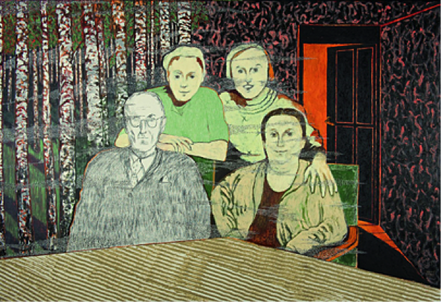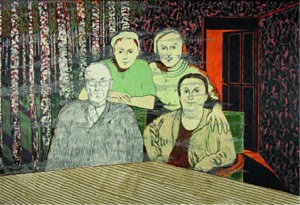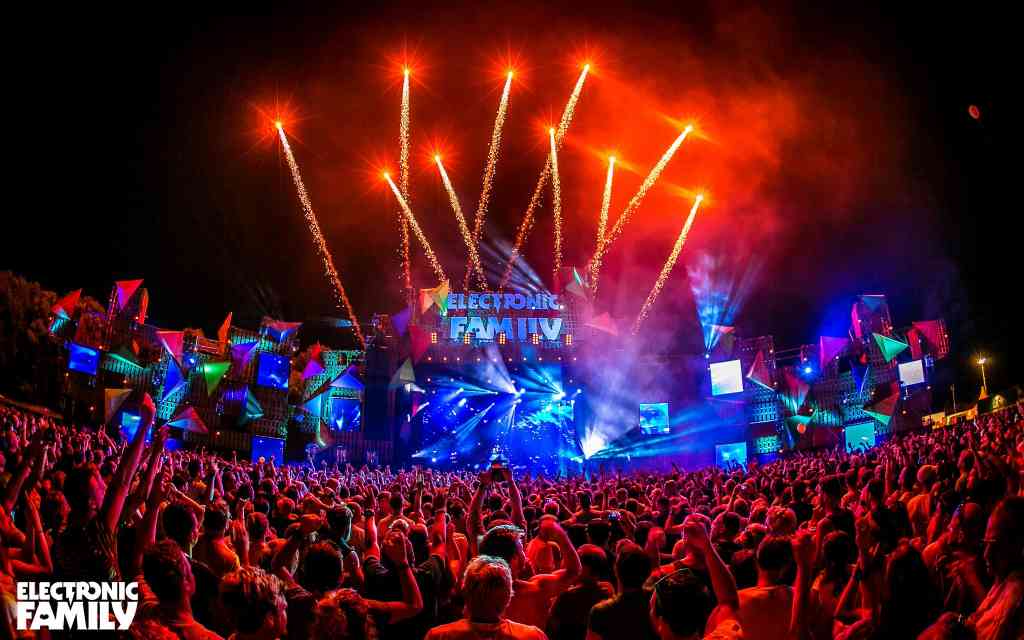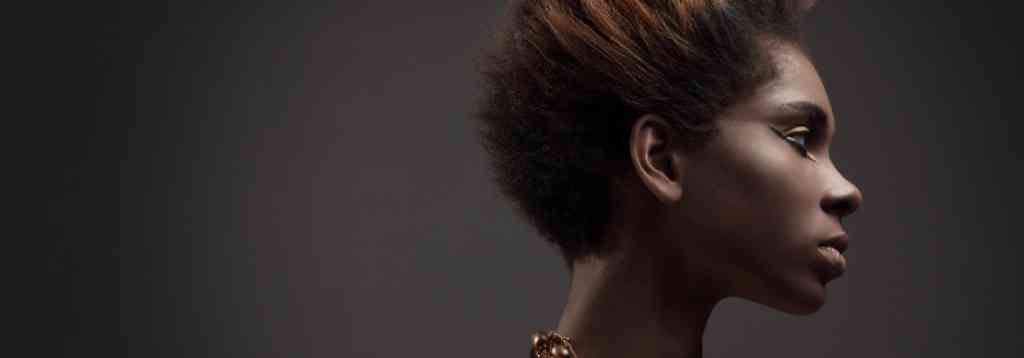
- Author: D Unknown
- Posted: April 26, 2016
- Category: D Unknown Magazine
National Holocaust Museum in the Netherlands opens with paintings by Jeroen Krabbé
On May 16, the new National Holocaust Museum of the Netherlands will open its doors for the public in what used to be the reformed teaching training school in Amsterdam. The first exposition is De ondergang van Abraham Reiss (The Demise of Abraham Reiss), made by the renowned Dutch painter, producer and actor Jeroen Krabbé. In a collection of nine paintings, Krabbé tells the life story of his grandfather, who was murdered in Sobibor. With this exhibition, the first stage of the National Holocaust Museum starts. It will be the first location in the Netherlands that presents a complete overview of the history of the presecution and genocide of the Dutch Jews.

The Demise of Abraham Reiss
The museum will open with the exhibition The Demise of Abraham Reiss by Jeroen Krabbé. In nine monumental paintings, Jeroen Krabbé tells the life story of his grandfather, Abraham Reiss. Abraham was a prosperous diamond trader from Amsterdam who lost his entire fortune in the stock market crash of 1929. After the German invasion of the Netherlands, he was sent to Westerbork transit camp and then deported to Sobibor extermination camp. There, on 9 July 1943, he was murdered. Jeroen Krabbé based his series of paintings on photographs, letters, and family tales passed down to him, as well as books about the Holocaust and Sobibor. During the exhibition a film by Paul Haenen will be shown about Jeroen Krabbé and the creation of the paintings.
National Holocaust Museum in formation
The National Holocaust Museum will open in the reformed teaching training school in Amsterdam, Plantage Middenlaan 27. The building next door was ‘the Crèche’ during the Holocaust, from where Jewish childeren were deported to Westerbork and beyond. Their parents were kept on the other side of the street, at the Hollandsche Schouwburg (National Holocaust Memorial), waiting for their deportation. Several Resistance groups were able to save 600 children, with help from the staff of the teaching training school. The two locations together represent the story of the Holocaust: the National Holocaust Memorial is a place of deportation, collaboration and remembrance of the dead, the college is a place where authentic human courage and selflessness were reflected.
The museum is still in development and will pass through several stages in the years ahead. In the first stage, it will present a varied range of exhibitions and events to acquaint visitors with the multitude of stories about the Holocaust. These stories will be told in an artistic form, illustrated by authentic objects, and based on personal accounts. The emphasis in this first stage will also be placed on raising the funds required for the final goal: a permanent National Holocaust Museum that places the history of the persecution and genocide of Dutch Jews in a broad international context.




